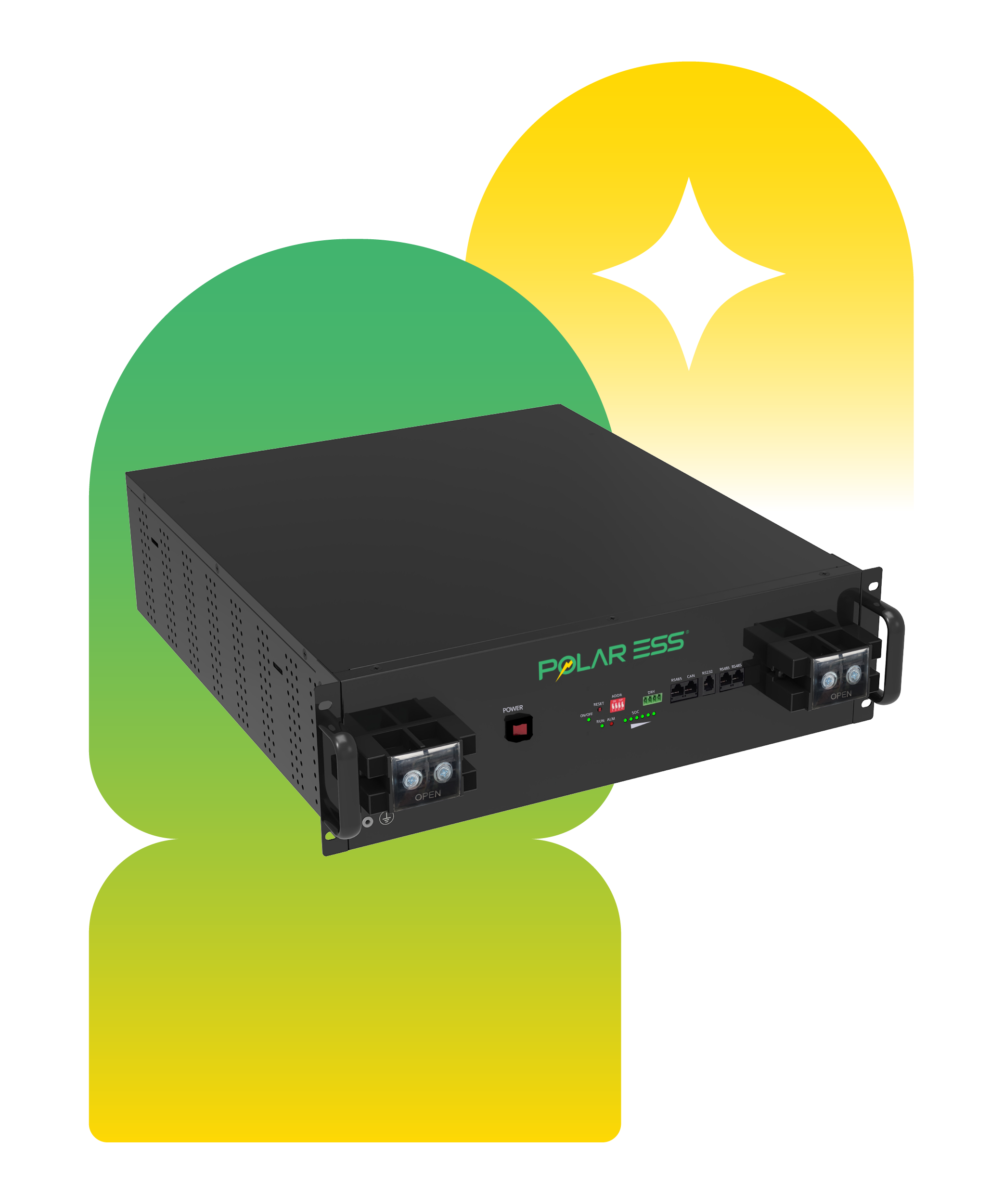Are you tired of relying solely on the grid for your energy needs? Look no further than the solar home battery, a revolutionary device that allows you to store and use renewable energy at your convenience.
The Solar Home Battery: How It Works
The solar home battery is an innovative solution that combines solar panels and advanced battery technology. When sunlight hits the solar panels, they convert it into electricity, which can be used to power your home or stored in the battery for later use. This means that even when the sun goes down or during cloudy days, you can still enjoy clean and sustainable energy.
In addition to generating electricity from sunlight, the solar home battery also has built-in smart technology. This allows it to monitor your energy usage patterns and optimize its performance accordingly. For example, if there is excess electricity being generated by your solar panels, the battery will automatically store it instead of sending it back to the grid.
Furthermore, with a solar home battery installed in your house, you have greater control over how you consume energy. You can choose to prioritize using stored renewable energy during peak demand periods or when utility rates are higher. This not only helps reduce your reliance on fossil fuels but also saves you money on your monthly utility bills.
Commercial Battery Energy Storage Solution: Taking It Further
The benefits of storing renewable energy extend beyond residential applications. Commercial establishments can also take advantage of Commercial Battery Energy Storage Solutions to enhance their sustainability efforts while improving their bottom line.
A commercial battery energy storage system works similarly to a residential one but on a larger scale. These systems are designed to handle higher loads and provide backup power during emergencies or outages. They allow businesses not only to save money by reducing their reliance on the grid but also to contribute to a greener future by reducing their carbon footprint.
Click battery energy storage system components.Moreover, commercial battery energy storage solutions can help businesses participate in demand response programs. These programs incentivize companies for reducing their electricity usage during peak demand periods, thus relieving strain on the grid and preventing blackouts. By utilizing stored renewable energy during these times, businesses can not only earn financial rewards but also support a more reliable and resilient power system.
Battery Energy Storage System Components: The Building Blocks
A battery energy storage system consists of several key components that work together seamlessly to store and deliver clean energy when needed:
- Solar Panels: These capture sunlight and convert it into electricity.
- Inverter: This device converts the direct current (DC) produced by solar panels into alternating current (AC) that can be used in your home or business.
- Battery Pack: The heart of the system, this stores excess electricity generated by solar panels for later use.
- Monitoring System: This keeps track of your energy production and consumption, allowing you to optimize your usage patterns.
- Grid Connection: In case there is insufficient stored energy or high demand, the system can draw additional power from the grid as needed.
All these components work harmoniously to ensure a smooth transition between different sources of power while maximizing efficiency and sustainability.
In Conclusion

The solar home battery offers an exciting opportunity for homeowners and businesses alike to harness renewable energy effectively. With its ability to store excess electricity generated from solar panels, it provides greater control over how we consume power while reducing our reliance on fossil fuels. Whether it’s for residential or commercial use, the solar home battery is a step towards a greener and more sustainable future.

